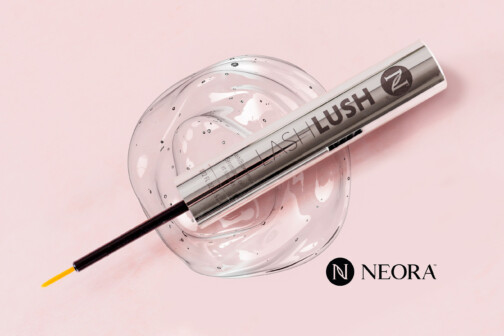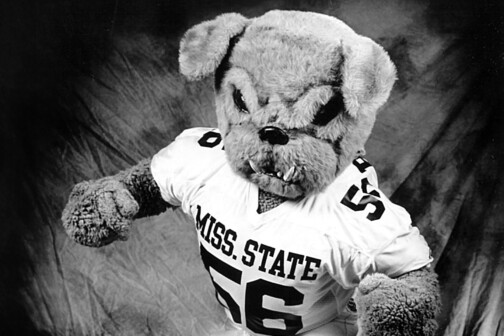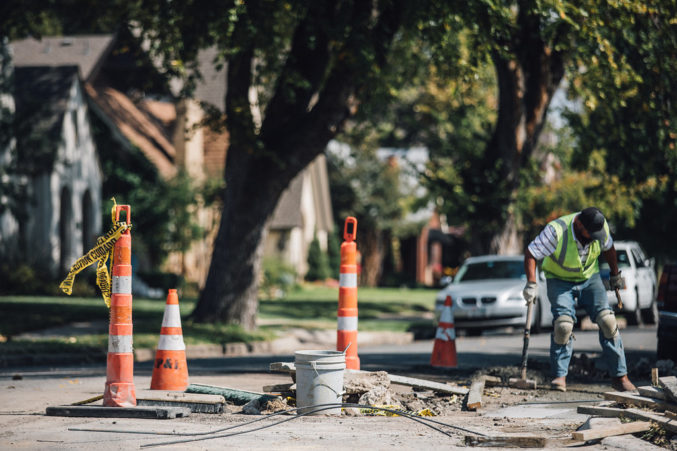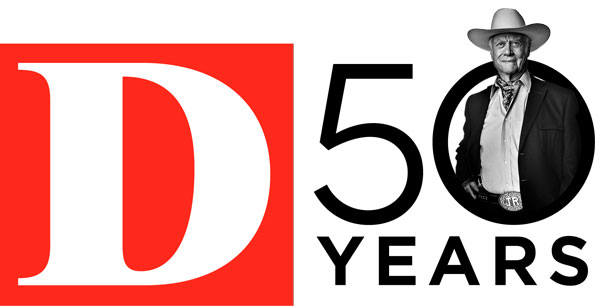DALLAS-Sludge by any other name would smell just as bad. But what if we call it compost? Hey, that’s not a bad idea.
The Dallas Water Utilities’ Southside Wastewater Treatment Plant receives about 200 tons a day of thick, dark sludge that’s filtered out of the Trinity River effluent. The sludge is removed, and the remaining water is put back into the river before it continues downstream. For a while, the plant was keeping up with disposing of most of the sludge. But to be honest, it was only able to get rid of about half of the amount the city was producing. The rest of the sludge-some of it 50 years old-has been sitting around in open lagoons or has been spread out on open land in the hope that it will be absorbed naturally. Needless to say, it’s taking up space, and it stinks.
After nearly three years of study and many meetings with consultants, area ecologists, environmentalists and representatives of people who live near the sludge treatment sites, the DWU is recommending that the city get into the compost business to take control of its sludge problem. Compost results from treating dry sludge and tilling it into the land for eventual harvesting as fertilizer. DWU director Tom Taylor says that most cities pollute the air by burning their sludge or use up valuable land and possibly threaten underground water by burying it.
By turning the sludge into compost, it could be sold as fertilizer to commercial buyers and the public. It’s already being used as fertilizer on about 40 acres at the Southside plant.
But to curb the rise in Dallas sludge to a mere 25 percent by the year 2010, the city will have to invest about $80 million dollars in the sludge treatment plan. About $20 million was slated for sludge treatment in a past capital improvements program, so the total cost is estimated at a little more than $100 million.
Related Articles

Business
Wellness Brand Neora’s Victory May Not Be Good News for Other Multilevel Marketers. Here’s Why
The ruling was the first victory for the multilevel marketing industry against the FTC since the 1970s, but may spell trouble for other direct sales companies.
By Will Maddox

Business
Gensler’s Deeg Snyder Was a Mischievous Mascot for Mississippi State
The co-managing director’s personality and zest for fun were unleashed wearing the Bulldog costume.
By Ben Swanger

Local News
A Voter’s Guide to the 2024 Bond Package
From street repairs to new parks and libraries, housing, and public safety, here's what you need to know before voting in this year's $1.25 billion bond election.
By Bethany Erickson and Matt Goodman


